FPGA for AI: Why are FPGAs Better Than GPUs for AI Applications?
Artificial intelligence (AI) is advancing rapidly, introducing new neural network models, techniques, and applications regularly. While AI has traditionally been in the realm of software developers, the electronics industry has been striving to integrate AI computing capabilities into embedded systems through unique chipsets, model optimizations, and even transistor architectures that mimic analog circuits. Presently, and moving forward, the focus has been and will continue to be on executing AI tasks on end-user devices with robust embedded processors. FPGAs(Field programmable gate arrays) are among the top choices for implementing AI computing on embedded devices without requiring unique custom silicon. FPGA chips enable the reprogramming of logic gates, allowing for the overwrite of chip configurations and the creation of custom circuits.
Hardware acceleration plays a pivotal role in enhancing the performance of AI applications. As AI algorithms become more intricate and data-intensive, traditional computing architectures often need help to meet the computational demands necessary for real-time inference and training. FPGAs offer a solution by providing high-performance, energy-efficient hardware acceleration that can be customized to meet the specific requirements of AI workloads. In this article, we will explore the benefits of using FPGAs for AI applications and why they are better than GPUs(graphics processing units) for certain tasks in terms of performance and efficiency.

What is FPGA?
Field Programmable Gate Arrays (FPGAs) are semiconductor devices built around a matrix of configurable logic blocks (CLBs) connected via programmable interconnects. This allows designers to connect blocks and configure them to perform tasks ranging from simple logic gates to complex functions. Entire System on Chip (SoC) designs with multiple processes can be implemented on a single FPGA device. FPGAs can be reprogrammed to meet specific application or functionality requirements after manufacturing, distinguishing them from Application Specific Integrated Circuits (ASICs), which are custom-manufactured for specific design tasks. While one-time programmable (OTP) FPGAs are available, the dominant types are SRAM-based, allowing for reprogramming as the design evolves.
With an FPGA chip, it's possible to create anything from simple, single-function logic gates to multi-core processors. Common applications for FPGAs include space exploration, defense systems, telecommunications, image processing, high-performance computing (HPC), and networking.
The tech industry has recently embraced FPGAs for machine learning and deep learning. In 2010, Microsoft Research demonstrated one of the earliest use cases of AI on FPGAs as part of efforts to accelerate web searches. FPGAs offer a balance of speed, programmability, and flexibility, delivering performance without the cost and complexity of developing custom ASICs. Five years later, Microsoft's Bing search engine was using FPGAs in production, demonstrating their value for deep learning applications. By using FPGAs to accelerate search ranking, Bing achieved a 50 percent increase in throughput.
Challenges in AI Hardware Acceleration
Hardware acceleration refers to the utilization of specialized hardware components to enhance the performance of specific tasks, such as those related to artificial intelligence (AI). In the context of AI, hardware acceleration aims to speed up computation-intensive operations like neural network training and inference. Graphics Processing Units (GPUs) played a pivotal role in the early acceleration of AI applications. Originally designed for rendering graphics, GPUs exhibit parallel processing capabilities that are well-suited for certain AI tasks, particularly those involving matrix calculations and parallelizable operations. As a result, GPUs became a popular choice for training deep learning models due to their ability to handle large datasets and complex neural network architectures efficiently. While GPUs offer significant computational power, they also pose several challenges when used for AI acceleration.
| Challenge | Description |
| High-Compute AI Processing | AI tasks, especially training, require significant computational power, often performed in data centers. Inference on end devices also demands substantial computing resources, particularly for vision and sensor fusion. |
| Real-Time AI Requires Low Latency | Some AI applications need low latency and cannot rely on cloud-based processing. Real-time tasks and those requiring quick results must be performed on the end device. |
| Separating Inference and Training | Inference is less compute-intensive than training, making it suitable for implementation on embedded processors. Training, however, requires more compute resources and can be challenging for certain devices. |
These limitations have prompted researchers and engineers to explore alternative hardware acceleration solutions, such as Field-Programmable Gate Arrays (FPGAs), which offer unique advantages for certain AI applications.

Benefits of FPGAs in AI Applications
FPGAs provide customizable hardware with integrated AI capabilities and can be programmed to emulate the behavior of a GPU or ASIC. Their reprogrammable and reconfigurable nature is well-suited for the fast-paced evolution of the AI field, enabling designers to test algorithms and bring products to market swiftly and rapidly. FPGAs offer numerous advantages for AI workloads:
- Flexibility: FPGAs offer fully reconfigurable logic, allowing for repeated updates of logic architecture. This flexibility optimizes AI inference and training operations.
- High Performance with Low Latency: FPGAs provide great performance with high throughput and low latency, making them ideal for real-time applications like video streaming, transcription, and action recognition. By directly ingesting video into the FPGA and bypassing a CPU, FPGAs can deliver deterministic latency. Designers can build a neural network from scratch and structure the FPGA to suit the model best.
- Low Power Consumption: Designers can fine-tune FPGA hardware to the application, meeting power efficiency requirements. FPGAs can accommodate multiple functions, enhancing energy efficiency. By using only a portion of an FPGA for a function rather than the entire chip, FPGAs can host multiple functions in parallel. Optimized logic architecture reduces power consumption by eliminating unused interfaces and repetitive add-multiply-shift operations found in traditional architectures.
- Parallelism: FPGAs allow for switching between programs to adapt to changing workloads. They can also handle multiple workloads simultaneously without sacrificing performance. Highly parallelizable logic speeds up AI inference, even with large input datasets.
- Vendor IP Integration: FPGAs can use vendor IP to instantiate multiple high-speed interfaces for receiving sensor data or digital data from other components.
- Standard SoC Core Support: AI can be implemented on top of a standard SoC core, such as RISC-V, which supports an embedded OS and user applications.
- Compact Footprint: FPGA footprints can be comparable to or smaller than those of traditional processors or AI accelerators.
- Reduced Supply Chain Risk: The universal configurability of FPGAs reduces supply chain risk and allows for the instantiation of external components in the system logic.
- Cost-Effectiveness: FPGAs can be reprogrammed for different functionalities and data types, making them cost-effective. Additionally, FPGAs can be used for more than just AI, allowing designers to integrate additional capabilities onto the same chip, saving on cost and board space. FPGAs also have long product life cycles, making them ideal for industrial, defense, medical, and automotive markets.
FPGAs in AI Systems and Network Architectures
The system and network architecture utilized for AI inference and training with FPGAs will determine the feasible tasks on the end device and those that may need to be offloaded to the edge or cloud. When deploying an accelerator card in a data center or edge server, it's crucial to consider the level of computing needed for application execution and service delivery, which can determine the size of the FPGA (both physically and in terms of logic cell count) used in the deployed system.
System Architecture

FPGAs can serve two roles in an embedded system requiring AI computing capabilities:
- Main Processor: In this role, a core architecture and an embedded OS are instantiated in hardware. This approach is ideal for designs requiring minimal component count and the elimination of extraneous compute operations.
- Co-Processor: Here, the FPGA acts as an external accelerator to support a main processor (MCU or MPU). The FPGA in this scenario doesn't need to instantiate a core or run an operating system; it only needs to instantiate highly specified AI compute operations in the interconnect fabric.
For a main processor element, larger FPGAs might be necessary to support an embedded OS and any required applications to implement the system functionality. As a co-processor, the FPGA's size will depend on the compute density and parallelization required in the embedded AI computing architecture. In either case, the FPGA can reduce the total component count by instantiating logic from other ASICs in the FPGA interconnect fabric.
External features not needed for time-critical AI computing can be accessed through an edge or cloud resource. This implementation doesn't necessarily require a cloud connection for any AI inference tasks, and the product can be used as a standalone device. For model updates, a connection to a cloud service or edge computing resources can be useful, providing developers with additional computing for training, web access, remote storage, and service delivery. The role of an FPGA-enabled device within a larger network may also influence how the end device is built and developed.
AI-Enabled FPGA Development
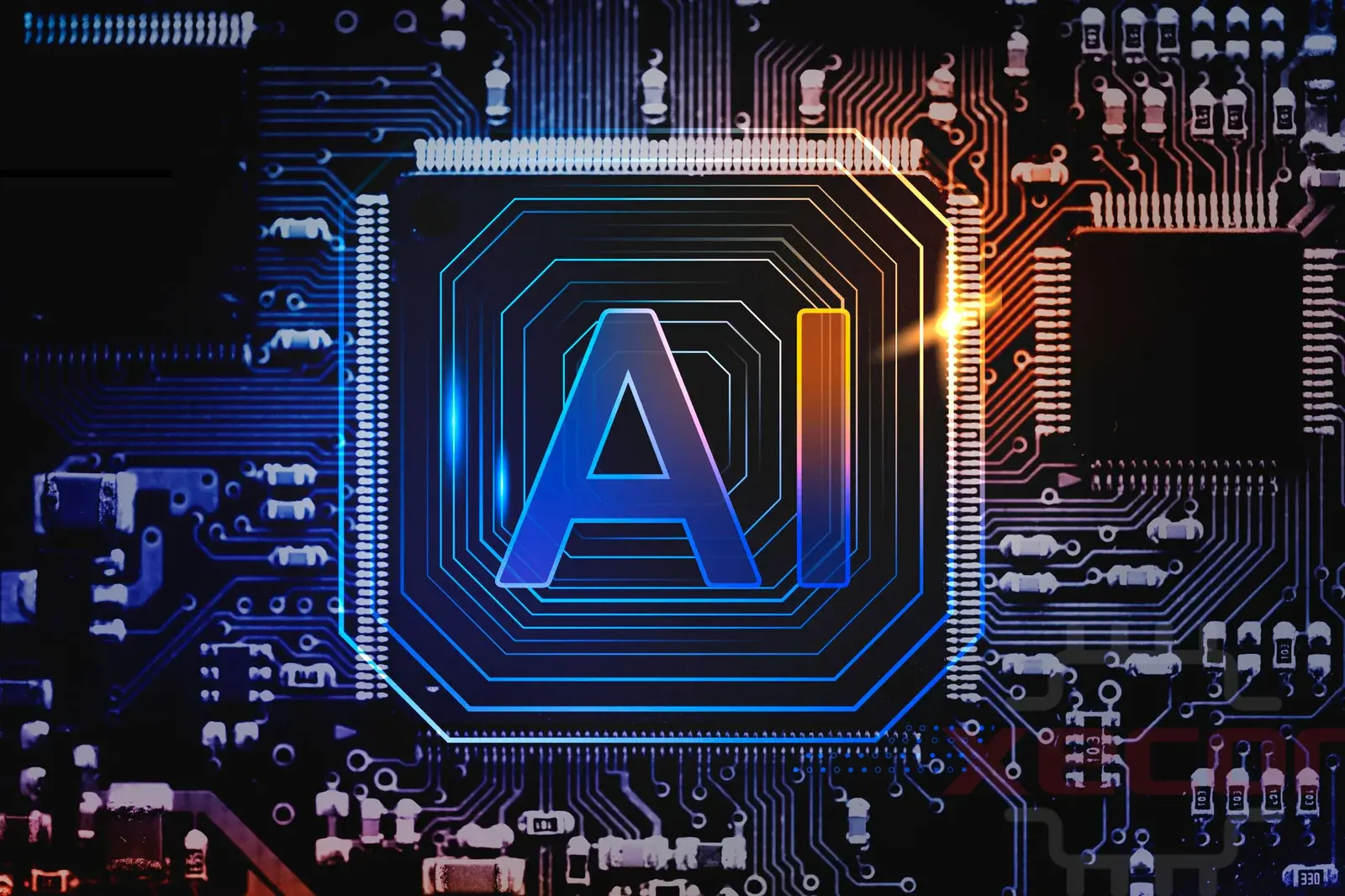
Once you've chosen an FPGA product that meets your requirements for I/O count, logic cell count, interfaces, and latency, the FPGA architecture needs to be optimized to minimize processing overhead in AI compute tasks. Vendor IP can accelerate core implementations, interface implementation, and logic development in their IDE. RISC-V is a natural ISA for starting FPGA development with AI compute capabilities due to its high customizability, and some vendor IP supports RISC-V implementations to aid users in quickly building a new AI-enabled system.
The FPGA development process generally involves the following steps:
- Select an FPGA and vendor IP to instantiate a core architecture and instruction set.
- Implement custom logic with IP using vendor developer tools.
- After simulation and verification, compile the application to a HEX file.
- Program the FPGA, then test and debug on an evaluation product.
- Based on testing results, modify the application code and build a custom board for the end product.
- Prototype with the custom board to ensure support for any required peripherals.
- Adjust the application to address any outstanding problems found during testing and prepare for production.
For AI development, you can leverage open-source projects and libraries to expedite product development. TensorFlow Lite, for instance, can be used in C code to develop an application on top of the core application. Before selecting an FPGA product for embedded AI, ensure that your vendor supports cutting-edge open-source toolsets and libraries like RISC-V and TensorFlow Lite, as these can accelerate logic development and computation on the end product.
FPGAs vs. GPUs: AI Applications
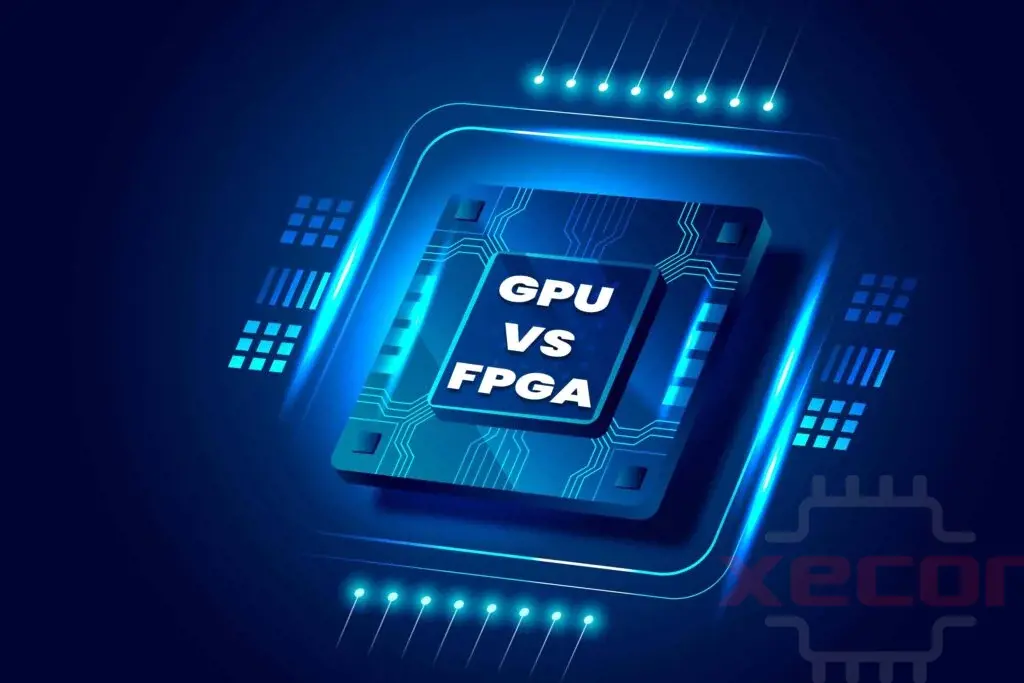
| Feature | FPGA | GPU |
| Applications | Cameras, LIDAR, Autonomous vehicles, Industrial equipment, Audio sensors, Deep neural networks, Natural Language Processing, etc. | Video editing, Video encoding, 3D Graphics rendering, Machine learning, EDA, Image processing, Computer vision, etc. |
| Suitable for | Large datasets and models | Medium to large datasets and models |
| Performance | High | High |
| Processing Speed | Extremely fast | Fast real-time processing |
| Interface | Requires interfacing for software | No need for interfacing for software |
| Flexibility | Less flexible but improved performance | Offers programming flexibility |
The two primary hardware options for AI applications are FPGAs and GPUs. While GPUs can handle the large amounts of data required for AI and deep learning, they have drawbacks in terms of energy efficiency, thermal issues, endurance, and the ability to update applications with new AI algorithms. FPGAs offer significant advantages for neural networks and ML applications, including ease of updating AI algorithms, usability, durability, and energy efficiency.
Moreover, considerable advancements have been made in FPGA software development, simplifying the compilation and programming processes. To ensure the success of your AI application, it's crucial to explore your hardware options thoroughly. As the saying goes, weigh your options carefully before making a decision.
Overall, compared to CPUs and GPUs, FPGAs are more energy-efficient and better suited for embedded applications. These circuits can be used with custom data types, as they are not restricted by design limitations like GPUs. Furthermore, due to their programmability, FPGAs are easier to modify to address security and safety concerns.
FPGA Superiority in AI Applications
For AI inference tasks on end devices or as acceleration elements in data centers or other components, FPGAs are being utilized in various systems and application areas:
| Application Area | Description |
| Vision Systems | FPGAs excel in vision systems due to their ability to execute tensor computations in parallel in a smaller package with lower power consumption. They can integrate vision interfaces, DSP, and embedded applications directly into silicon, unlike GPUs, which require an external processor and high-bandwidth PCIe interface for receiving vision data. |
| Sensor Fusion | FPGAs are preferred for sensor fusion thanks to their high I/O counts for multiple digital interfaces. FPGA-based systems can capture multiple data streams, implement on-chip DSP, and aggregate data into an on-chip inference model as part of a larger application. This parallel processing is much faster than MCU/MPU computation and occurs on a smaller footprint with lower power consumption compared to GPUs. |
| Interoperable Systems | Industrial and mil-aero systems benefit from FPGAs' reconfigurability and customization of interfaces, enabling interoperability between diverse system elements. FPGAs can serve as the primary processor element in distributed systems requiring interoperability, even in legacy systems that cannot be easily upgraded with newer components. The FPGA is simply adapted to interface with the existing system, enhancing its flexibility and longevity. |
| Wearables and Mobile Devices | FPGAs are advantageous in small wearables and mobile devices as they enable the increase of feature density with new AI capabilities that are not feasible on MCU-based systems. These systems may not have space for an AI accelerator, but it could be implemented with an FPGA as the main processor, allowing for increased functionality and miniaturization. |
| 5G and Telecom | FPGAs play a crucial role in 5G and telecom for low-latency AI-enabled applications requiring 5G connectivity. FPGAs can act as a highly optimized accelerator element deployed in the data center, at the edge, or on an end-user's device. A reconfigurable AI accelerator like an FPGA is essential for the service delivery demanded by 5G users, enabling faster and more efficient data processing and communication. |
| Add-in Acceleration | FPGAs have been used as dedicated AI acceleration elements in data centers and edge servers as add-in modules. They can also be implemented on smaller embedded devices with SoC IP provided by some semiconductor vendors. Further acceleration is possible at the firmware or model level with TensorFlow Lite and open-source libraries, showcasing the versatility of FPGAs in providing AI acceleration across a wide range of devices and applications. |
How FPGAs Will Impact AI in the Future
The future of FPGA technology for AI holds promising advancements. One key area of development is the enhancement of FPGA architectures further to optimize performance and energy efficiency for AI workloads. This may involve integrating specialized hardware accelerators, such as tensor cores, into FPGA designs to improve neural network processing capabilities.
As FPGA technology becomes more accessible and easier to integrate into AI systems, we can expect to see wider adoption of FPGAs in mainstream AI applications. This trend is driven by the need for high-performance and energy-efficient solutions for AI inference and training, particularly in edge computing and IoT devices.
The continued development of FPGA technology for AI has the potential to impact the AI industry significantly. FPGAs offer a flexible and customizable platform for AI acceleration, allowing developers to tailor hardware configurations to specific AI workloads. This level of customization can lead to improved performance, lower latency, and reduced power consumption in AI systems, ultimately driving innovation and advancement in the AI industry.
Conclusion
As AI becomes more prevalent, its applications and deployment environments, ranging from endpoint devices to edge servers and data centers, will become increasingly diverse. No single architecture, chip, or form factor will be capable of meeting the requirements of all AI applications. Infrastructure architects need to have access to a variety of architectures.
FPGA chips are engineered to be lightweight, compact, and highly energy-efficient, enabling them to process vast amounts of data more quickly than CPUs and GPUs. Their ease of deployment makes them ideal for the rapidly expanding fields of AI and ML. With AI becoming ubiquitous, the cost of hardware upgrades for systems like satellites can be prohibitive, but FPGAs offer a cost-effective, long-term solution with their inherent flexibility. FPGA chips represent a comprehensive ecosystem solution. System-on-Chip (SoC) FPGA chips will enhance their versatility by offering real-time compilation and automatic FPGA program generation to meet the demands of next-generation technologies. For a wide selection of FPGAs to support your AI infrastructure needs, visit Xecor to find the best solution.
Read More
FAQ
-
How is FPGA used in AI?
FPGAs can be incorporated into edge and IoT devices to carry out on-device AI processing.
-
What hardware do you need to train AI?
CPUs, GPUs, TPUs, and FPGAs.
-
Why are FPGAs better than GPUs for deep learning?
GPUs do not provide the same level of performance as an ASIC, which is a chip specifically designed for a particular deep learning task. FPGAs allow for hardware customization with integrated AI and can be programmed to emulate the behavior of a GPU or an ASIC.
-
Which is better, FPGA or GPU, for machine learning applications?
FPGAs are well-suited for real-time inference and data processing tasks because of their parallel processing capability, low latency, and configurable nature.
-
Is FPGA cheaper than GPU?
FPGAs are typically pricier than GPUs. This higher cost is attributed to their specialized hardware, resulting in a higher initial investment. Additionally, FPGAs necessitate extra development and engineering efforts for customization and optimization.
-
What is the main use of FPGA?
The primary purpose of FPGAs is to enable developers to test multiple configurations and functionalities after the board is constructed.
-
What language is used in FPGA programming?
VHDL and Verilog are the two most widely used hardware description languages in FPGA programming.

 Prof. David Reynolds
Prof. David Reynolds
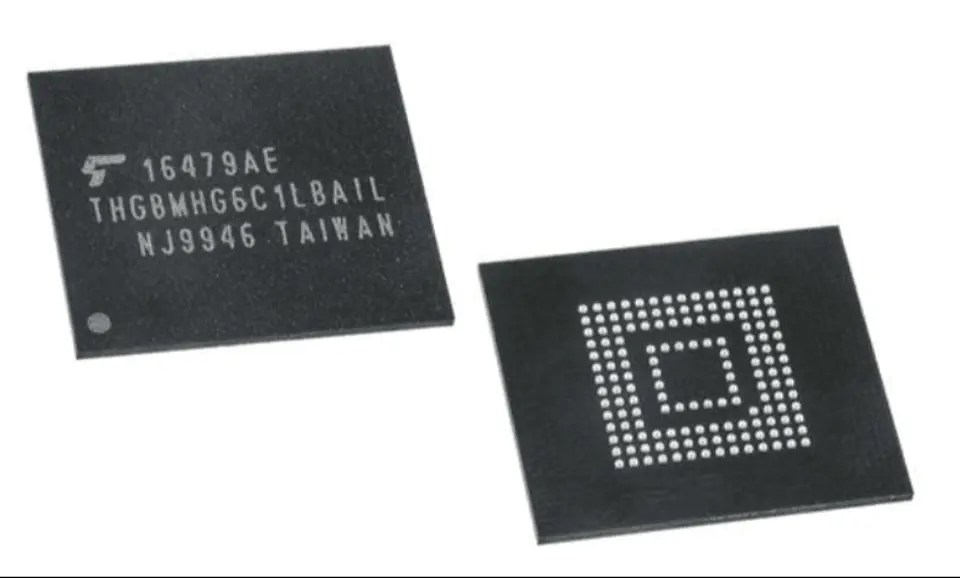
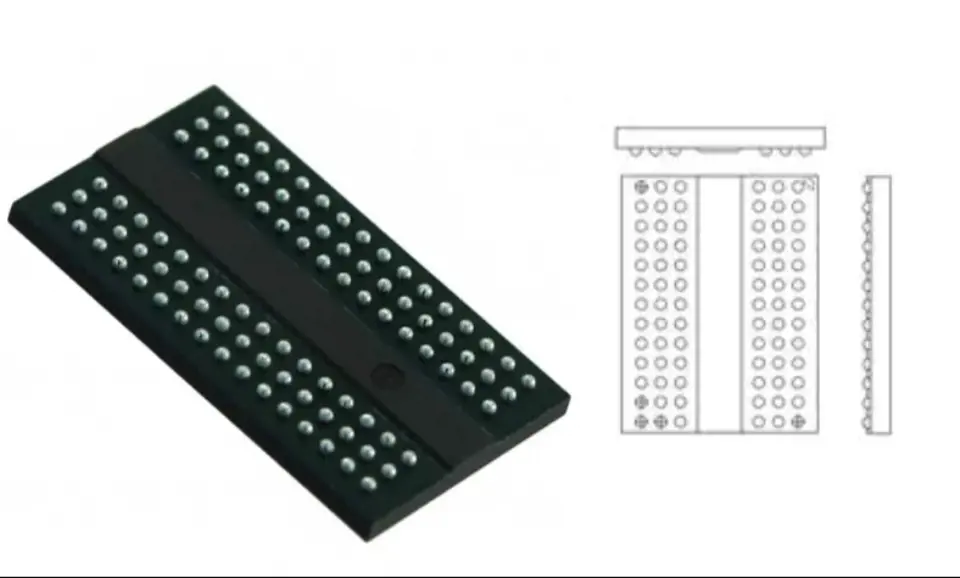

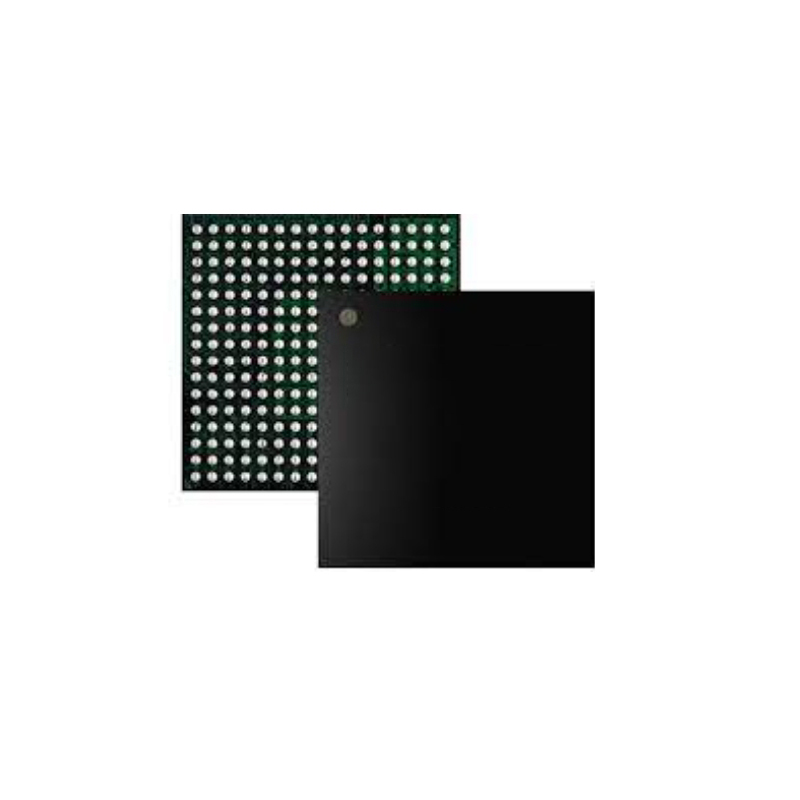
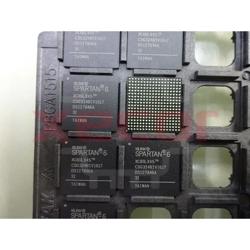
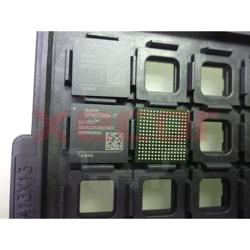
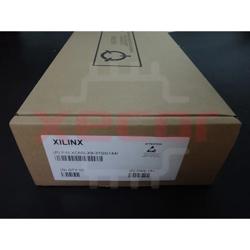
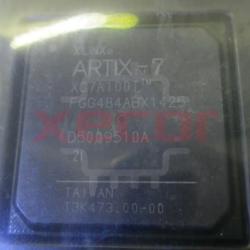
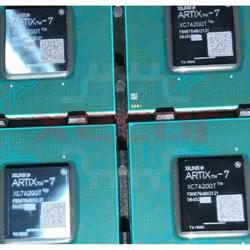
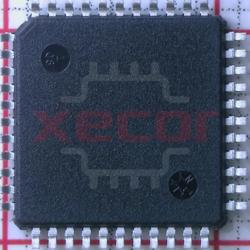
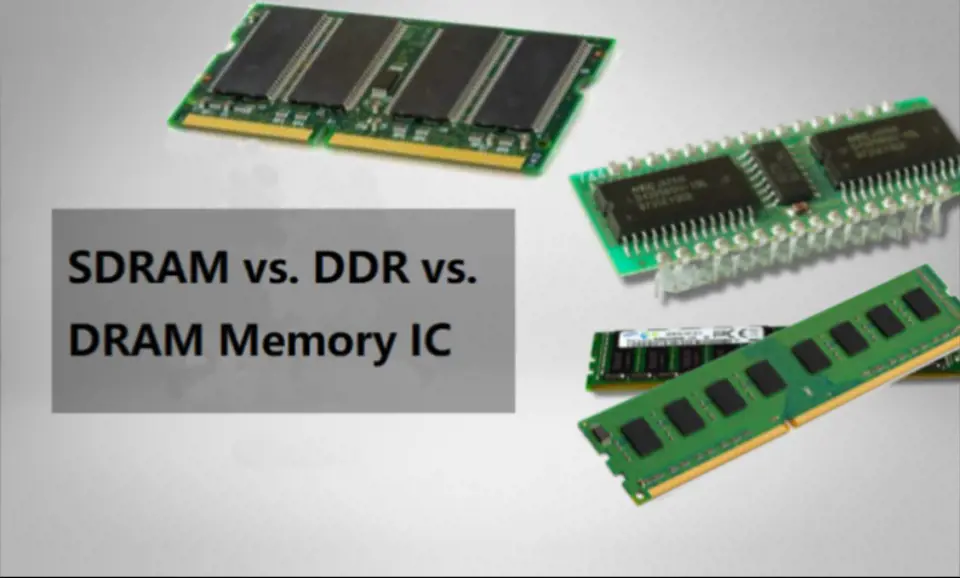
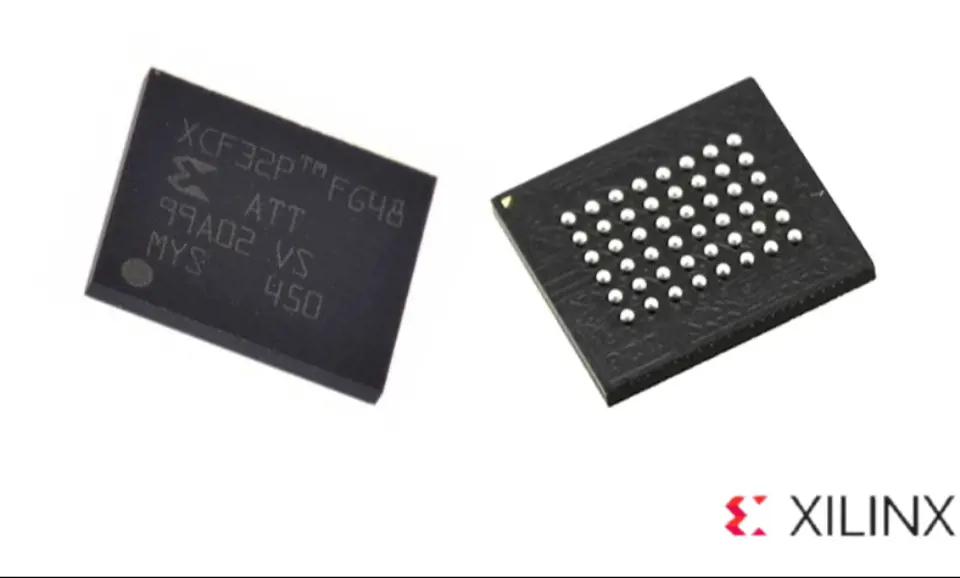
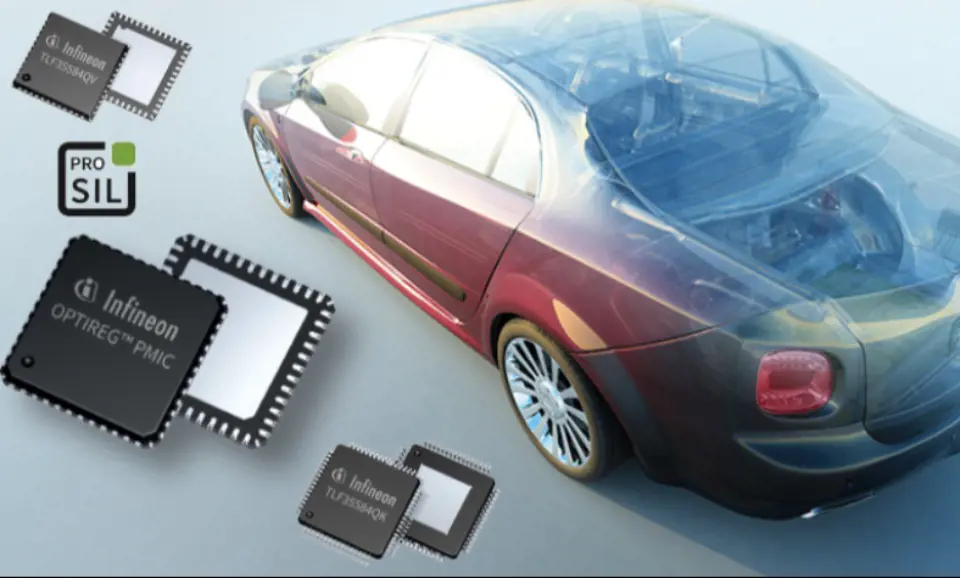
Still, need help? Contact Us: [email protected]